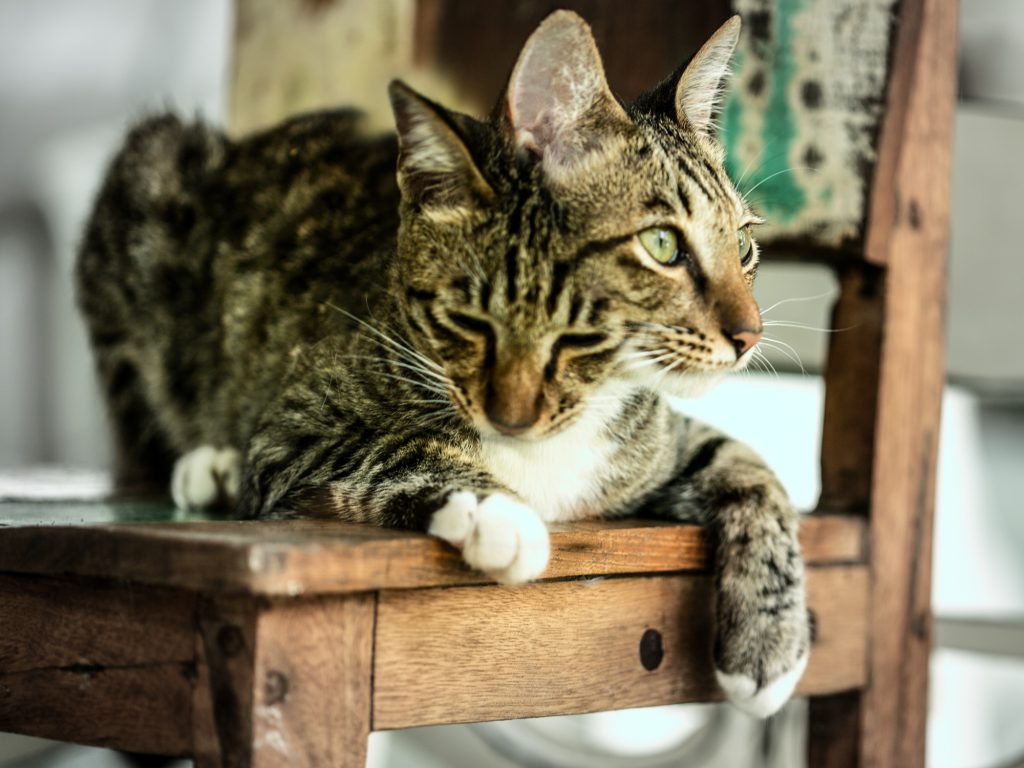
Transcript from the video:
(Schrödinger will be spelled Schrodinger in the following for the ease of reading)
You may have heard of Schrodinger’s cat but may not know exactly what it refers to that is because it can be quite a complex concept to grasp today.
We will explain Schrodinger’s cat in a way you can truly understand but first who was Schrodinger? Born in Vienna on August 12th 1887 Berwyn Schrodinger was awarded the Nobel Prize in Physics in 1933 Schrodinger is famous for his work in quantum theory particularly for the Schrodinger wave equation which described the behavior of quantum particles which act like both waves and particles his equation provided solutions in which wave functions are related to the probable occurrence of physical events.
A man of many talents, Schrodinger also attempted to show how quantum mechanics could be used to explain the stability of genetic structure. However, despite all this the issue of the role of probability in quantum theory made Schrodinger along with some other physicists very unhappy and he devoted a great deal of time to developing philosophical objects to the standard interpretation of his own theories.
The most famous of these is a thought experiment now referred to as Schrodinger’s cat.
The thought experiment was an attempt to refute an idea proposed by physicists in Copenhagen known as the Copenhagen interpretation of quantum mechanics. These physicists suggested that particles could exist simultaneously in two states. And that it was only once the particle had been observed that it existed in one state or the other.
Schrodinger came up with his thought experiment as a way to argue that this theory did not make sense.
One version of the thought experiment goes something like this: Imagine you locked a cat inside a steel box that is completely cut off from the outside world. In the box, said Schrodinger, you also place a vessel that contains a small amount of a radioactive substance. The radioactive substance this is such, that after one hour there is an equal probability of one atom of the substance either decaying or not.
You also place a Geiger counter inside the box which can detect if radioactive decay has taken place. The Geiger counter is connected to a hammer, placed above a small glass container, holding a poisonous gas. If the Geiger counter detects radioactive decay, it will prompt the hammer to break the glass releasing the poison. This poison will then kill the cat, while the box is still closed.
There is no way of predicting what has happened inside it, as there is an equal probability of the atom decaying or not decaying. We therefore cannot know whether the cat is dead or alive until we open the box.
Speaking in terms of quantum mechanics, as long as the box is still closed, we could say that the cat exists in a superposition of states both alive and dead. Once the box is opened, the atom’s wave function collapses and one outcome is observed.
Schrodinger argued that this outcome was quite ridiculous as you could not possibly have a cat that is both alive and dead.
The experiment might sound strange, but it was simply meant to show how ludicrous the Copenhagen interpretation of quantum mechanics and quantum superposition were. However, because of the complicated way Schrodinger setup his experiment, many people assumed Schrodinger was in fact supporting the concept of quantum superposition. In reality, he was arguing the opposite.
It should be noted though that while quantum superposition can seem silly when applied to everyday objects, in the macro world, the theory is not without merit it does in fact work for quantum particles, like electrons. On a final note, we would like to share this little fun fact Albert Einstein got very excited about Schrodinger’s thought experiment, even developed his own version with explosives there now you know all there is to know about Schrodinger’s cat.